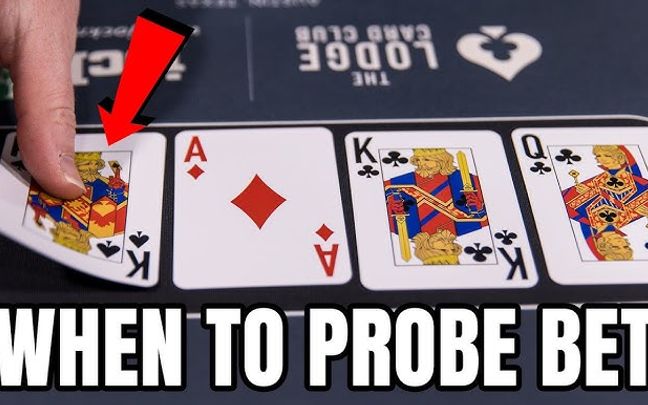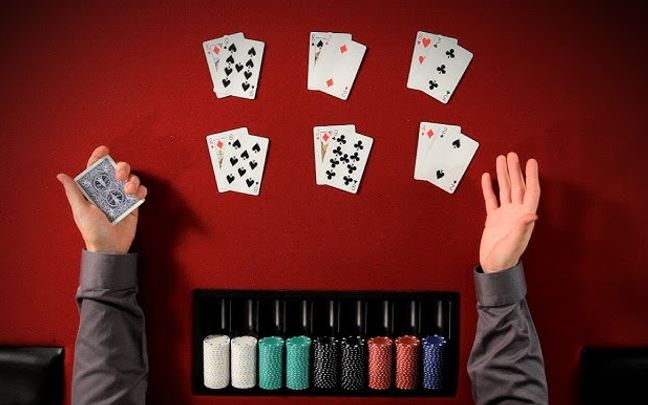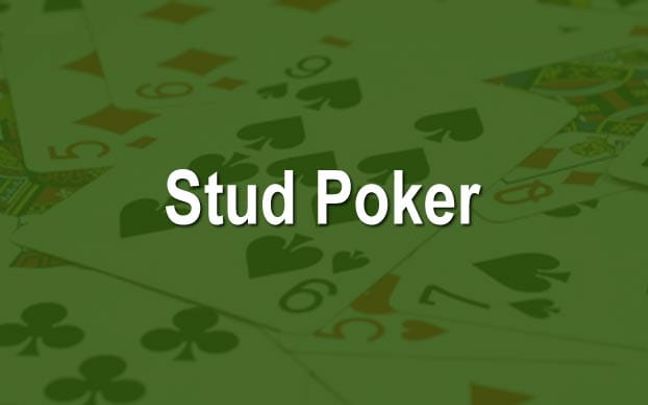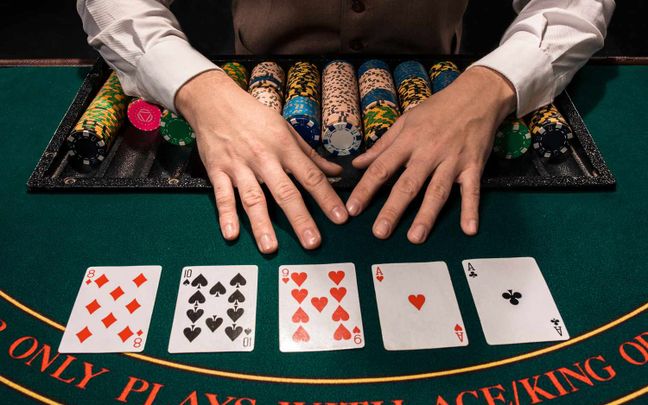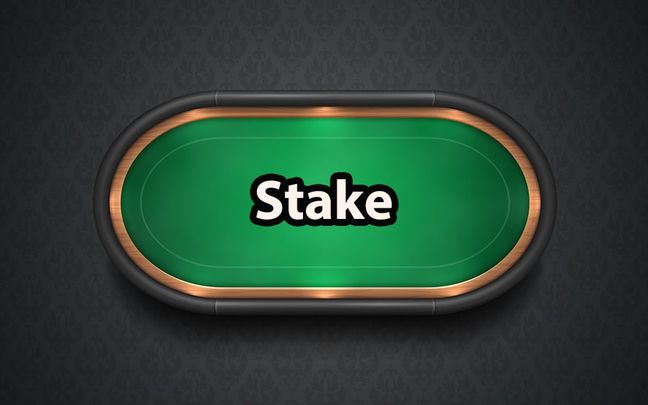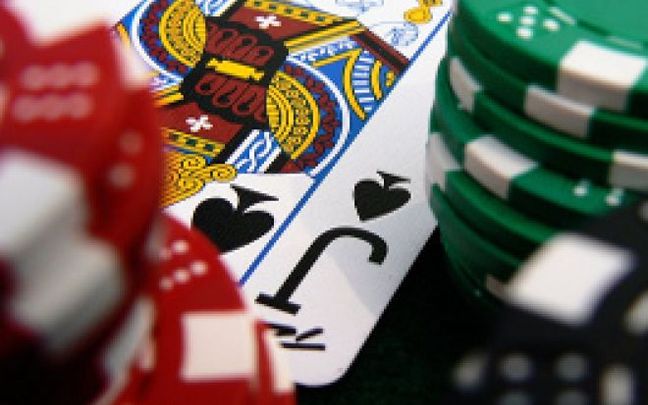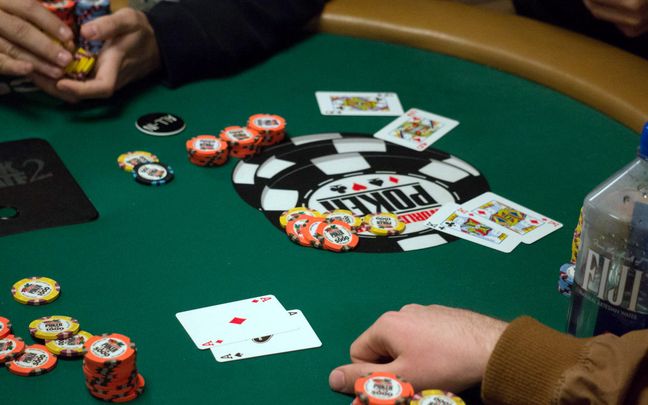This article will help you discover a basic but extremely important concept in the world of poker, which is the odds of winning a hand in poker. The odds of winning a hand are not just a number, but a skill that combines a detailed understanding of hand types and the ability to analyze probabilities. Let's explore the first steps to becoming a smarter and more successful poker player.
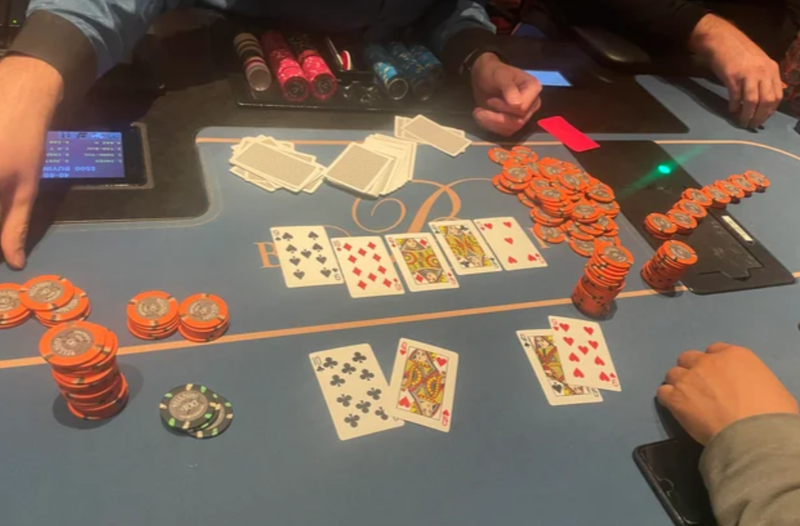
What is the Probability of Winning a Hand in Poker?
The probability of winning a hand in poker is the likelihood that your current hand will win based on the cards dealt and the specific situation of the game. This probability helps you make optimal decisions about whether to call, raise, or fold. To better understand this probability, you need to grasp several fundamental concepts and calculations such as pot odds, outs, equity, and other influencing factors.
Pot Odds
Pot odds are the ratio between the amount you need to call and the total amount in the pot. For example, if the pot is $100 and you need to call $20 to continue, your pot odds are 5:1. If your hand's winning probability is higher than this ratio, calling is a reasonable decision.
Outs
Outs are the number of remaining cards in the deck that can improve your hand. For instance, if you have a pair of eights and need one more eight to make a set, and you know there are 2 eights left in the deck, you have 2 outs. Determining the number of outs helps you calculate your probability of winning when the next cards are dealt.
Equity
Equity is the probability of your hand winning compared to the potential hands of your opponents. Equity is often calculated using poker software or odds charts. For example, if you have a pair of Aces and your opponent has a pair of Kings, your equity will be higher. Knowing your equity helps you make informed betting decisions based on the specific situation.
Number of Players
Your winning probability decreases as the number of players in the hand increases. With more players, the likelihood that one of them has a stronger hand increases. Therefore, you need to adjust your strategy based on the number of players remaining in the hand.
Board Texture
The community cards on the board (flop, turn, river) affect the likelihood of your hand winning or losing. For example, if the flop comes with suited cards and you don't have any cards of that suit, the chances of your opponent having a flush are higher, reducing your winning probability.
Specific Situation
Your position at the table, the actions of opponents, and their playing style also impact your winning probability. For instance, if you're in a late position, you have the advantage of seeing your opponents' actions before deciding your bet. This allows you to adjust your strategy based on the information gathered.
Accurately calculating the probability of winning a hand in poker is a crucial skill that helps you make the right decisions about calling, raising, or folding. Many players use support software like PokerStove, Equilab, or odds charts to quickly and accurately compute these probabilities. Mastering and applying these concepts will enhance your poker play, maximize profits, and minimize losses in your games.

Real-World Example of Winning Probability for a Hand in Poker
In poker, understanding the winning probability for a hand is crucial for evaluating the likelihood of winning that hand against your opponents. This probability is typically calculated based on mathematical odds and statistical analysis of specific situations. Here’s a practical example to illustrate this concept.
You are playing a hand of No-Limit Texas Hold'em (NLHE) and have the following cards:
Your Hand: K♠️ Q♠️
Current Board (Community Cards): A♠️ J♦️ 5♠️
Two of your opponents have made bets, and you need to decide whether to call or fold. To make an informed decision, you want to calculate your winning probability.
Step 1: Determine Your Outs
Outs are the remaining cards in the deck that can improve your hand to a stronger position compared to your opponents.
In this case, you need one of the remaining Queens (Q♦️ or Q♥️) to complete a top pair with a top kicker. Therefore, you have 2 outs.
Step 2: Calculate Your Winning Odds
To estimate your winning odds, you can use a simple formula to approximate the probability before the river card is dealt: Winning Odds ≈ Number of Outs x 2 (for an approximation).
With 2 outs, you can estimate your winning probability as approximately 2 x 2 = 4%. This means you have about a 4% chance of improving your hand to a stronger position before the river card is dealt.
Step 3: Make a Decision
Based on this winning probability, you can decide whether to call your opponents' bets. If your winning probability is greater than the ratio of the bet to the total pot, then calling might be the optimal decision.
Commentary on the Example
In the example above, you needed just 2 outs to improve your hand. However, calculating the winning probability for a hand in poker not only depends on outs but also involves analyzing the opponents' tendencies and behavior. If you observe that opponents might be deliberately leading you on or have a stronger hand, you might want to reconsider your decision.
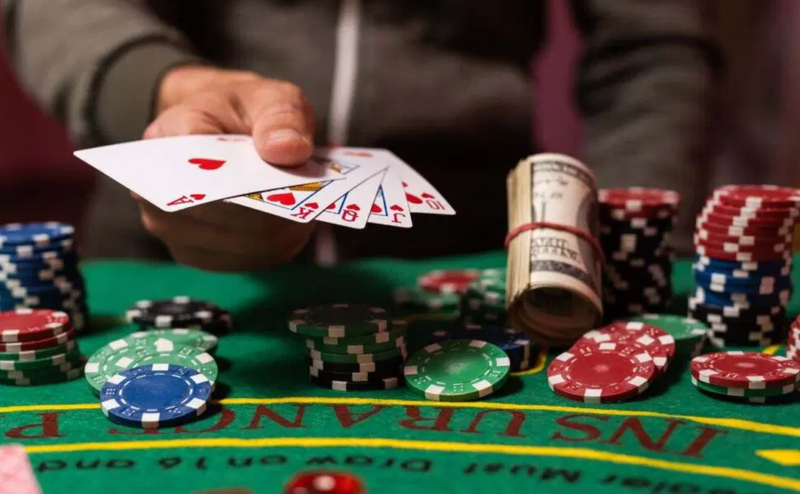
Practicing calculating the odds of winning a hand in poker and applying it to real-life situations in poker will help you improve your ability to evaluate probabilities and make more optimal decisions when playing the game.


